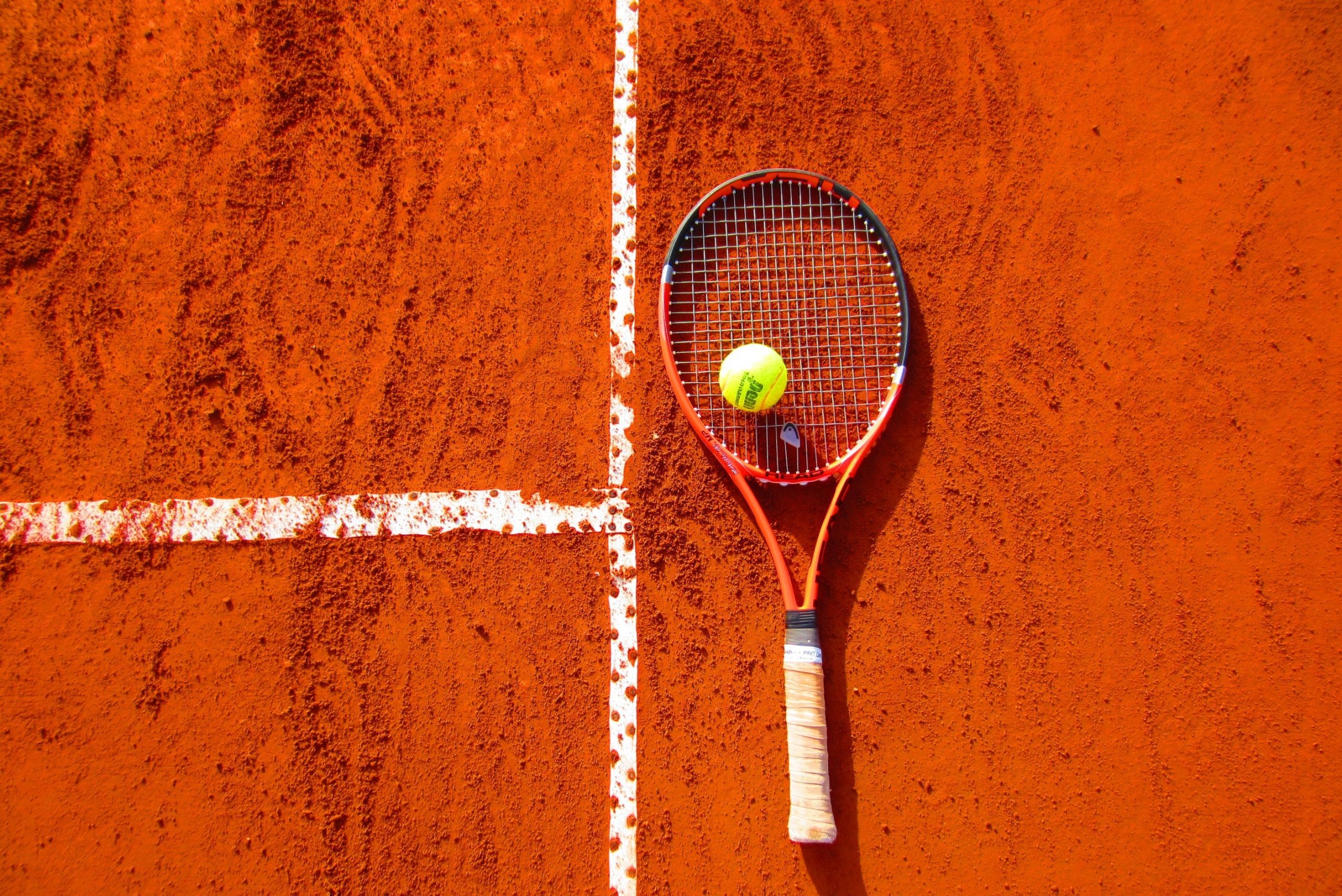As the ATP finals hit town, Kate Battersby analyses the tennis year – and looks beyond the men’s Big Three to the women’s game, where the variety is spicy.
We like a breakthrough in sport. As the men’s tennis season reaches its climax at the O2 in London on Sunday with the start of the week-long Nitto ATP Finals, reserved for the top eight players of the year, Dominic Thiem has a chance to show that he truly has joined the game’s super elite.
In theory the Austrian already did just that two months ago, by winning his maiden Grand Slam title at the US Open. For the first time in four years, a major title was lifted by someone other than the perennial Big Three of Novak Djokovic, Rafael Nadal and Roger Federer. As Tony Blair said on arriving in Downing Street a very long time ago: “A new dawn has broken, has it not?” Alas, then as now, experience has told us the answer is at best: “Er…”
You will struggle to find anyone to say that the US Open win has transformed Thiem’s status in the game. Even his very best mate would be stretched to claim that he would have triumphed at Flushing Meadow had Djokovic not been disqualified seven days earlier, when a ball he struck in anger hit a line judge in the throat. Until then the Serb was odds-on to collect his 18th Grand Slam title, helped along by the absence of Federer (injured) and defending champion Nadal (like many other players, unwilling to risk long-distance travel with Covid rife).
So that big breakthrough? Not so much. After all, the other two Grand Slams of 2020 (Wimbledon was cancelled) went entirely to form. Djokovic hoovered up his eighth Australian Open in January; and even delaying the French Open from May to chilly October could not prevent Nadal grabbing a riotous 13th crown at Roland Garros.
For those who love stats aplenty, the Big Three have gobbled up 57 of the last 69 Grand Slams dating back to 2003. (A prize of smugness to anyone who can name the eight men to have won the other 12 – answer at the foot of the page.) Even now, with a combined age of 106, the triumvirate have plundered 14 of the last 15. Djokovic is already odds on again to collect his 18th Grand Slam in Australia a couple of months hence; Nadal is favourite to continue racking up French Opens as long as his troublesome knees hold out on the strength-sapping clay; and even in his 40th year, Federer remains a ravenous contender for his ninth Wimbledon.
At the O2 both Nadal and Djokovic are well ahead of Dominic “Mr Breakthrough” Thiem in the betting. Indeed, the Austrian isn’t even third favourite, currently less fancied than the in-form Russian Daniil Medvedev. Djokovic is the rampant favourite to win it for the sixth time. It all looks very familiar.
If it’s intriguing quantum leaps you’re after, you’re looking the wrong way by focusing on the men’s game. Women’s tennis is what it’s all about in 2020, despite the fact that Covid sliced out more than four months of the season.
In January the American Sofia Kenin, then 21, kicked things off by becoming the youngest woman to win the Australian Open in 12 years. Naomi Osaka, still only 23, collected her third major title at the US Open, brilliantly owning the behind-closed-doors tournament not only with her play but by using her platform to promote Black Lives Matter – for each of her seven matches, she walked on court in a facemask bearing the name of a different African American killed by police. Then when at last the postponed French Open took place in Paris in October, Poland’s 19-year-old Iga Swiatek – then the world No.54 – swept to the title without losing a set.
Note the absence in that roll call of Serena Williams, still seeking to equal Margaret Court’s all-time record of 24 Grand Slams (Nadal and Federer currently own a mere 20 apiece). Like Federer, Serena’s next birthday cake will be crammed with 40 candles. In the near four years since Williams last lifted Grand Slam silverware, the 14 majors have been divided among 11 different women. In such intriguing times, it is grimly ironic that the women’s end-of-year tournament for the elite octet of the game was scheduled to be played in China, and thus was cancelled as long ago as July.
It’s a brave soothsayer who confidently names the woman to win the 2021 Australian Open early in the New Year. But the men? Hmmm. Of course, this is a wonderful era when three of the all-time greats are playing concurrently, and at least two of them are still at or near their astonishing peak. But it also means that Thiem and the rest still have it all to do. Winning merely in the absence of the Big Three does not denote a new world order. As yet in men’s tennis, the passing of the generational torch is no nearer.
*The eight men other than Djokovic, Federer and Nadal to have won Grand Slams since 2003 – Andy Murray (3), Marat Safin, Gaston Gaudio, Juan Martin del Potro, Marin Cilic, Andy Murray, Stan Wawrinka (3), Dominic Thiem.





Leave A Comment